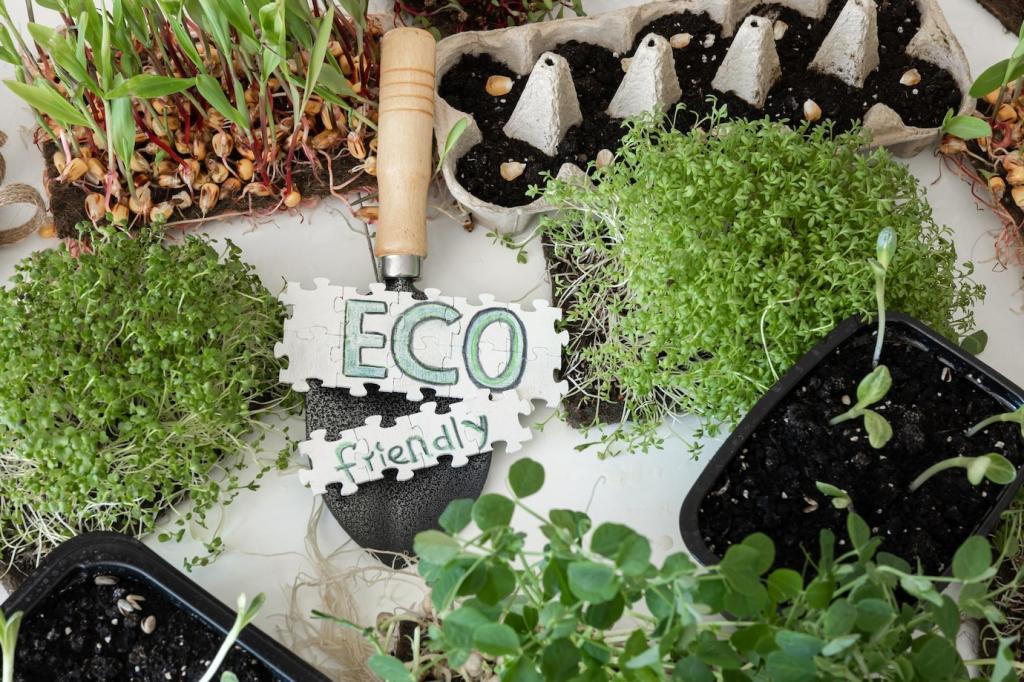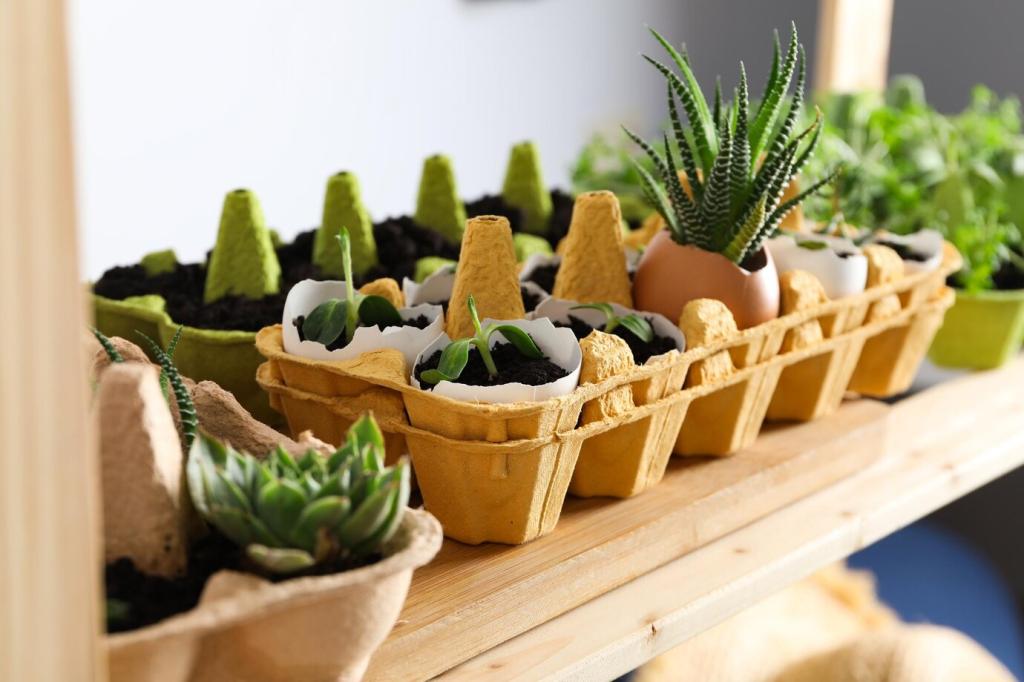Thinking Like Water: Core Principles for Resilient Landscapes
Stand outside during a storm and watch the story unfold: where does water rush, eddy, or vanish? In my neighbor’s compact courtyard, a simple earthen berm turned ankle-deep puddles into playful rivulets feeding a citrus tree. Observe, sketch, and let water’s path guide your design choices.
Thinking Like Water: Core Principles for Resilient Landscapes
Calculate how much rainfall your roof and hardscapes can harvest annually, then match this budget to plant needs by zone. This avoids chronic overwatering and disappointment. When you align supply and demand first, your landscape lives within its means—and thrives through dry spells.
Thinking Like Water: Core Principles for Resilient Landscapes
Climate variability makes yesterday’s averages unreliable. Size overflow routes for cloudbursts and choose mulches that endure heat waves. A resilient plan welcomes heavy rain with safe infiltration and meets drought with deep roots, cooled soil, and irrigation that adjusts automatically to what the sky actually delivers.









